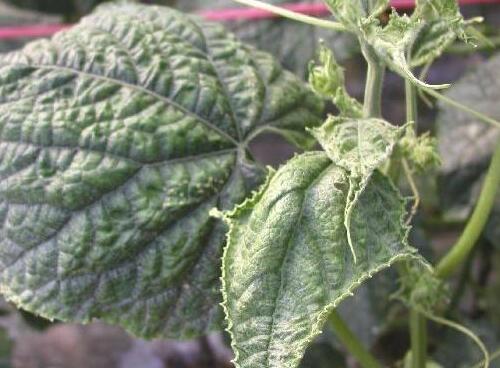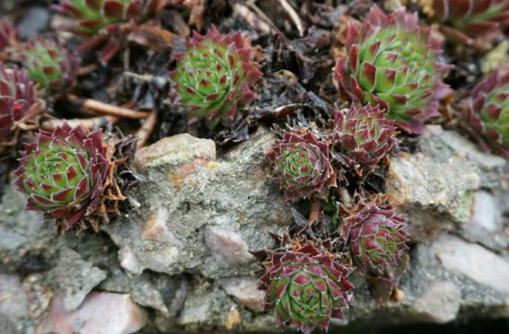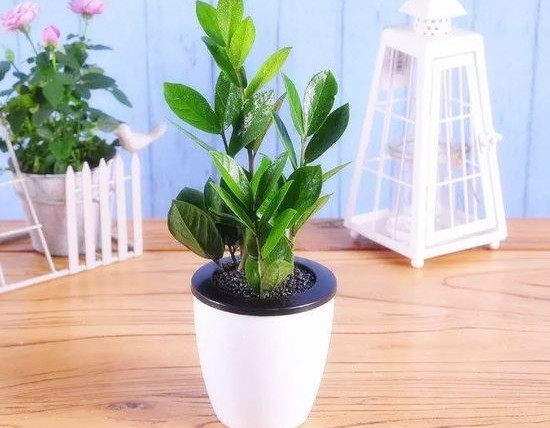What harm does cucumber virus have? What kind of medicine should I take?
Virus disease is one of the most common diseases during cucumber growth, which can make the leaves yellow and wither, so that cucumbers do not bear melons, affect the yield, and seriously kill the whole plant, so when planting cucumbers, we must prevent and cure this disease. what's the harm of cucumber virus? What kind of medicine should I take?

Cucumber virus disease is harmful:
Mosaic virus disease: for systemic infection, the virus can reach anywhere except the growth point. At the seedling stage, the infected cotyledons turned yellow and withered, and the young leaves showed dark green and light green mosaic shape. at the same time, the diseased leaves showed different degrees of shrinkage and deformity. The diseased new leaves of adult plants show the shape of yellow and green flowers, the diseased leaves are small and wrinkled, the leaves become thicker, and when they are serious, the leaves of the diseased plants wither; the melon strips show the flower color of dark green and light green, the surface is uneven and the melon strips are deformed. Seriously diseased plants are clustered with leaflets and do not bear melons, resulting in atrophy and death.
Green mottle virus disease: the new leaves produce small yellow spots, then turn into yellowish markings, the green part shows a rugged tuberous shape, the leaves become smaller, causing plants to dwarf, and the leaves are mottled and twisted (Fig. 1-75). There are thick green spots and protuberant tumors on the fruit, mostly deformed melons.
Cucumber virus disease is also serious when there are many weeds, nearby diseased crops, high temperature, lack of water, lack of fertilizer, extensive management and many aphids. The peak period of the disease in Zhejiang and the middle and lower reaches of the Yangtze River is from April to June and from September to November. Green mottle virus disease seeds can carry virus, can also overwinter in the soil, and become the initial infection source of the disease in the following year, through wind and rain, agricultural operations and other re-infection, aphids do not transmit virus. Storm, plant collision, branch and leaf friction or root injury caused by intertillage are easy to cause virus infection, and the disease is serious when the temperature in the field or greenhouse is high.
What kind of medicine should I take?
1. The seedlings were treated with attenuated virus vaccine N14 and satellite virus S52 to improve plant immunity and prevent tobacco mosaic virus and cucumber mosaic virus. The attenuated vaccine can also be diluted 100 times, add a small amount of carborundum, and spray with a 2-3kg pressure spray gun per square meter.
2. Spraying 24% mixed fatty acid copper water 700-800 times or 10% mixed fatty acid water emulsion 100 times before and after planting can induce cucumber disease tolerance and increase yield; high-protein substances such as soybean milk and milk can also be sprayed with 100 times diluted water to weaken the virus infection ability and passivate the virus disease. Can also use 27% high-fat membrane emulsion 200 times, once every 7 days, 2-3 times in a row.
Before the onset of the disease to the early stage of the disease, the following agents can be used for prevention and treatment: 2% Ningnanmycin water 200-400 times, 4% pyrifuromycin water 200-300 times, 20% morpholidine hydrochloride copper acetate wettable powder 500-700 times, 7.5% morpholine guanidine hydrochloride 500-700 times, 2.1% alkyl alcohol copper sulfate wettable powder 500-700 times, 25% copper succinate morpholine wettable powder 600-800 times 3.85% triazole ·copper ·zinc water emulsion; 1.5% copper thioalkyl alkyl alcohol water emulsion 1000 times; 3.95% azolium nucleoside ·copper ·alkyl alcohol zinc water emulsion 500,800 times; 5% bacteriological clear water agent 300,500 times; 31% morpholine guanidine triazole ribonucleoside soluble powder; 25% morphidine ·zinc sulfate soluble powder 500,700 times; 3% triazole nucleoside water solution 600,800 times 1.05% azoside cupric sulfate solution 300-500 times; 20% morpholine guanidine hydrochloride wettable powder 400-600 times; spray on water, once every 7-10 days depending on the disease. Spray once after planting, in the early fruit stage and in the full fruit stage.
Time: 2019-04-10 Click:
- Prev

Where is the evergreen grass suitable for cultivation? What month is the florescence? Will you die after blooming?
Evergreen grass is a general term for the plants of the genus Sedum, which is mainly distributed in Eurasia, easy to grow in groups, cold-resistant, sun-resistant and not heat-resistant, so it is suitable to be used as an embellishment plant in the rock garden. So, where is the growing grass suitable for cultivation? What month is the florescence? Will you die after blooming? Where is the evergreen grass suitable for cultivation?
- Next

How much is the pot price of money tree? How to grow luxuriantly?
Artemisia mandshurica is a common potted plant in daily life, which not only has high ornamental value, but also has a certain ability to purify the air, so many people like to raise small potted plants.
Related
- Fuxing push coffee new agricultural production and marketing class: lack of small-scale processing plants
- Jujube rice field leisure farm deep ploughing Yilan for five years to create a space for organic food and play
- Nongyu Farm-A trial of organic papaya for brave women with advanced technology
- Four points for attention in the prevention and control of diseases and insect pests of edible fungi
- How to add nutrient solution to Edible Fungi
- Is there any good way to control edible fungus mites?
- Open Inoculation Technology of Edible Fungi
- Is there any clever way to use fertilizer for edible fungus in winter?
- What agents are used to kill the pathogens of edible fungi in the mushroom shed?
- Rapid drying of Edible Fungi

